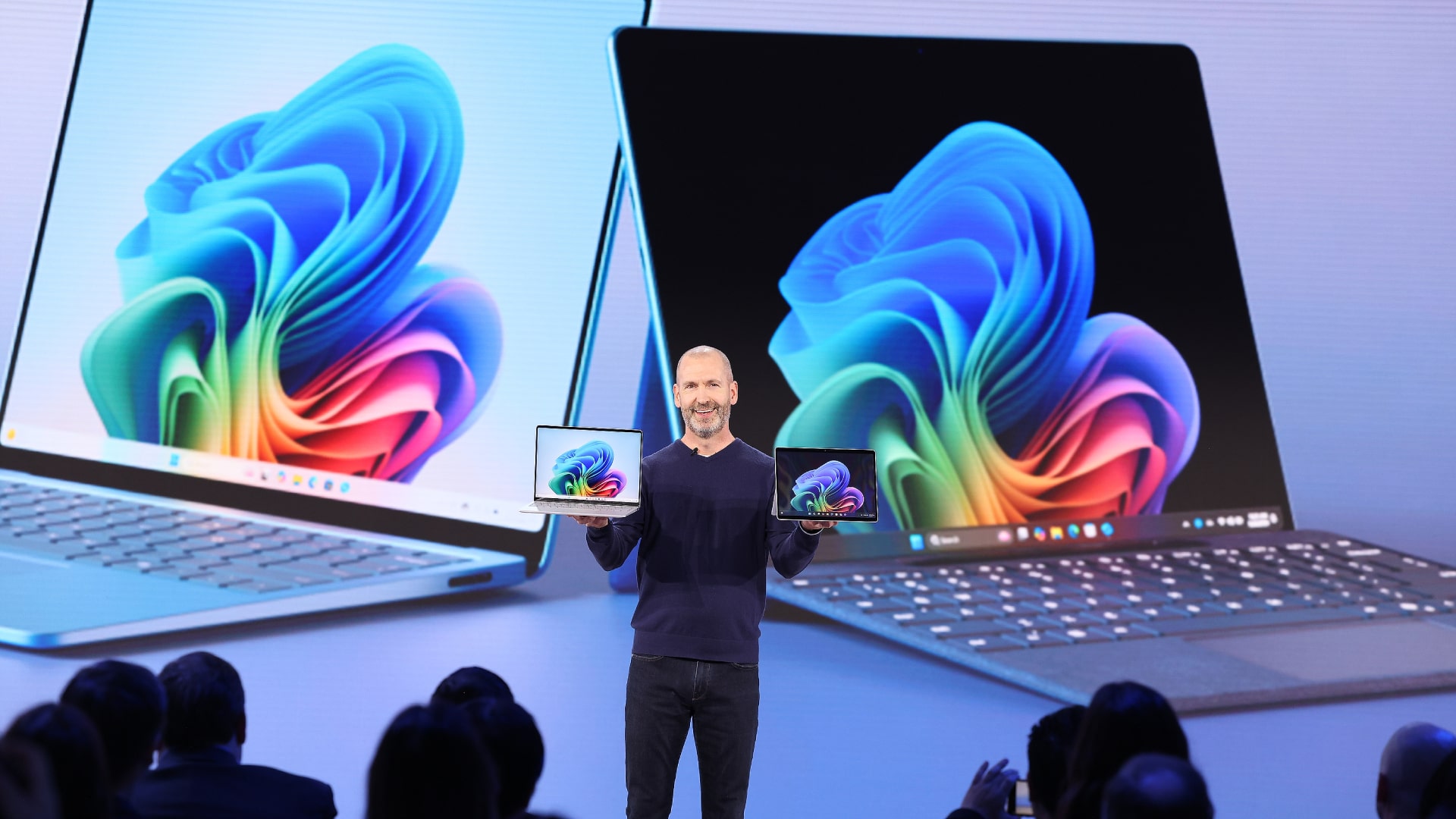The next major release for Windows 11, version 24H2, is expected to be released by Microsoft any week now, and it’s bringing some neat new features to the operating system.
Version 24H2 has been in development for a while now and has been in testing with Windows 11 users for at least a couple of months, so here are some of the features, changes, and improvements we’re looking forward to.
Some of these will require that you have a new-generation Copilot+ PC that has the necessary hardware to support some of the new features Microsoft is bringing to Windows 11, but if you’re on a device with an older Intel or AMD processor, you can still expect some new developments. This is not an exhaustive list; I’m just pointing out some of the features and changes that I think could genuinely improve the user experience.
Features we expect to see, whether you have a Copilot+ PC or not
Table of Contents
The Start menu has been seeing many revisions recently (some better and more useful than others), and with 24H2, the Start menu is getting a new integrated Phone Link panel.
This will sit directly next to the Start menu, displaying handy information to have on hand about your phone and links to locations such as recent messages, battery information, and photos. If you have an Android phone, I can see this making your overall computing experience across multiple devices easier and smoother.
File Explorer is another Windows 11 feature that’s recently seen renovations and it looks like more improvements are on the way. This includes the ability to browse a connected Android device’s file systems and contents directly in File Explorer, the ability to quickly duplicate an opened File Explorer tab, and the ability to compress files into a variety of archive formats without the need for a third-party app – farewell, WinRAR!
There’s also Voice Clarity, a feature designed to minimize background noise to make you sound clearer while you’re on calls. This was previously exclusive to devices with NPUs (Neural Processing Units) like the new Snapdragon X Elite laptops, but that looks like it might change with 24H2. Microsoft has optimized the AI model used to power Voice Clarity to make this possible on x86 PCs equipped with NPU-less Intel and AMD processors.
Copilot gets a makeover
The actual Copilot app in Windows 11 is also getting some big changes – though perhaps not for the better. As we reported when it was first unveiled, Copilot now behaves a lot more like a traditional windowed app, no longer anchored in the bottom-right of the interface.
This makes it easy to use, since it can be pinned or unpinned to the taskbar, resized, minimized, and moved around like a regular app on your desktop. You can also now uninstall it – a somewhat surprising move given Microsoft’s previous bullishness around its AI helper, but a welcome one.
As for what has actually changed, well… not much, it seems. Neowin noted that it seems some of the integrations Copilot had in version 23H2 have simply vanished, such as turning on Do Not Disturb – now, the bot just explains how to do so. It’s unclear as to whether the AI has gained any actual new powers in 24H2, but it’s entirely possible that Microsoft is just holding back the juicy stuff for the full release.

Copilot+ PCs prepare for take off, we wait to see what 24H2 will be like
Now, we expect features like these to be available to all Windows 11 users with a suitable device, but some features are only expected to be available on Copilot+ PCs. These include Live Captions, which will be able to generate subtitles in real time for whatever you’re watching or listening to in any app (though we don’t know what it’ll look like), and an improved Paint Cocreator AI assistant in the Paint app.
We don’t expect changes that transform Windows 11 into a whole new operating system (perhaps Microsoft is waiting for the next iteration of Windows to really show off), but it packs in all kinds of improvements that I expect will feel tangible for most people. With Windows 10’s deprecation on the horizon, Microsoft desperately wants users to make the transition, and I don’t know if 24H2 will convince Windows 10, but it will probably be a substantial improvement to Windows 11 anyway.
There’s also the matter of the fact that we’ll have to see how these features look and feel when they’re actually rolled out to the general public, as we’ve only seen glimpses and hints for the most part from Windows Insiders and what they’ve gleaned from preview versions of 24H2.












!['Venom: The Last Dance' ending, explained: What happened to [redacted]? 79 hero image.fill .size 1200x675.v1729702186](https://www.themearound.com/wp-content/uploads/2024/10/hero-image.fill_.size_1200x675.v1729702186-400x240.jpg)
!['Venom: The Last Dance' ending, explained: What happened to [redacted]? 80 hero image.fill .size 1200x675.v1729702186](https://www.themearound.com/wp-content/uploads/2024/10/hero-image.fill_.size_1200x675.v1729702186-80x80.jpg)











